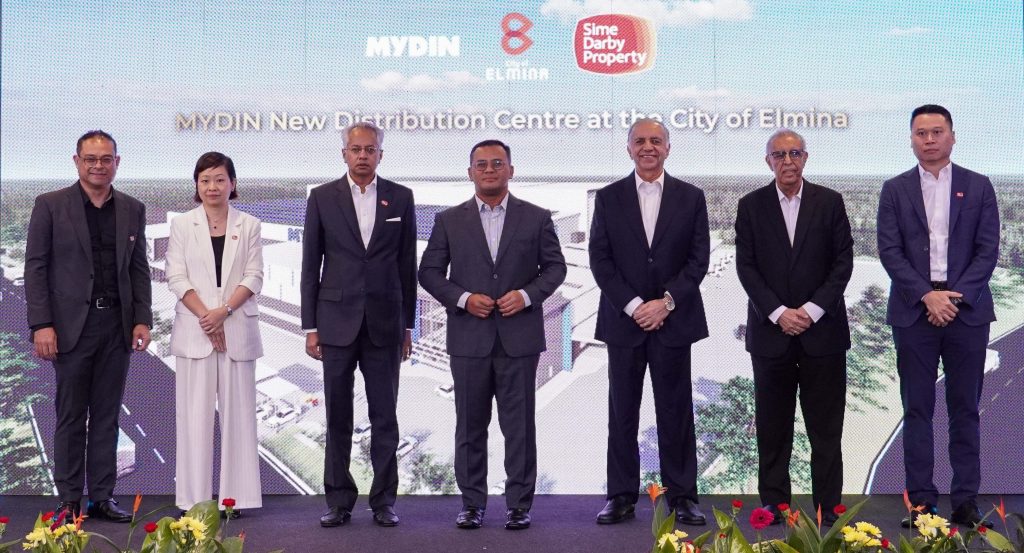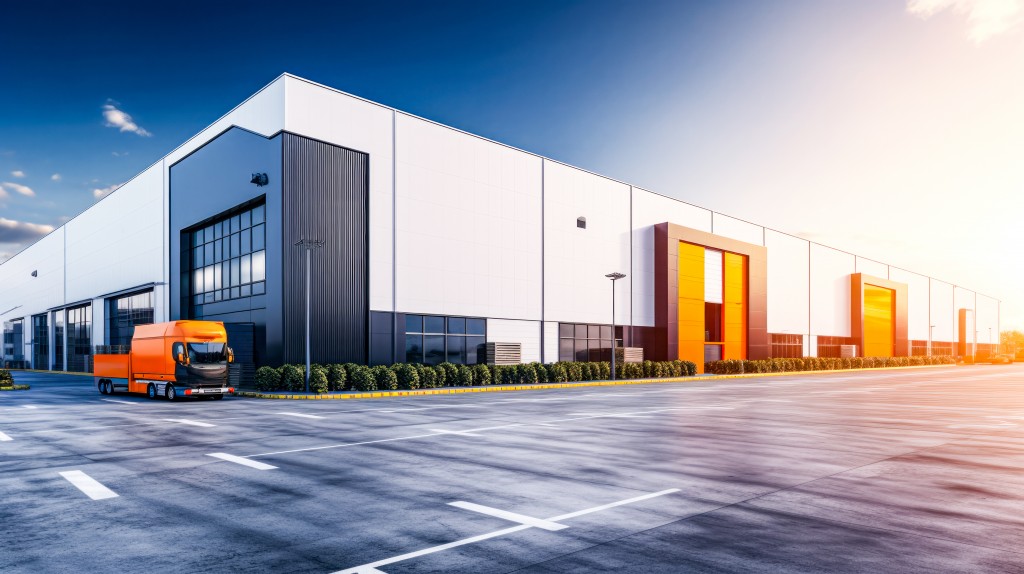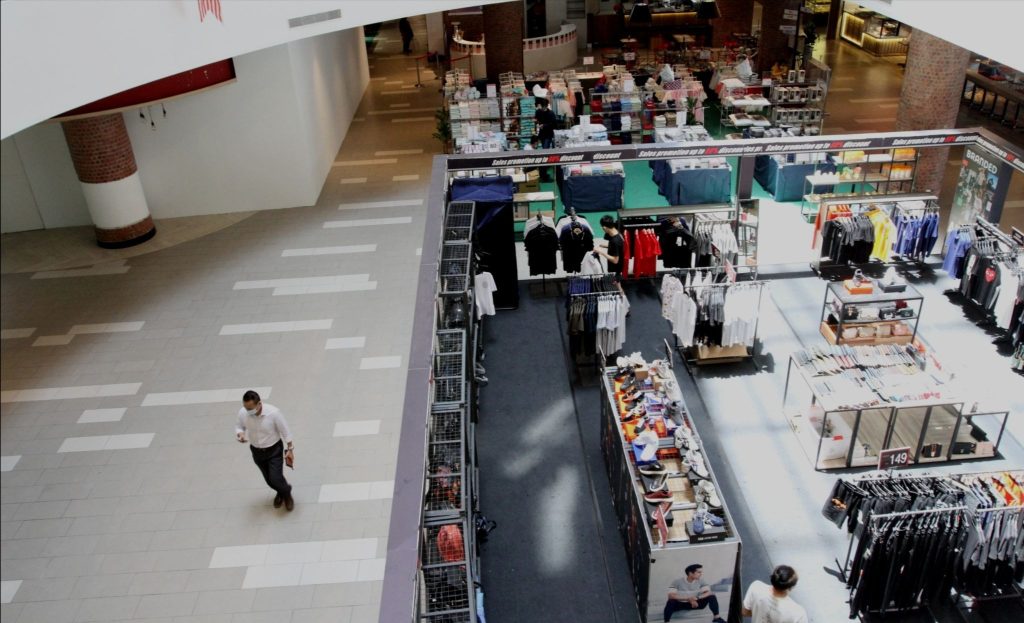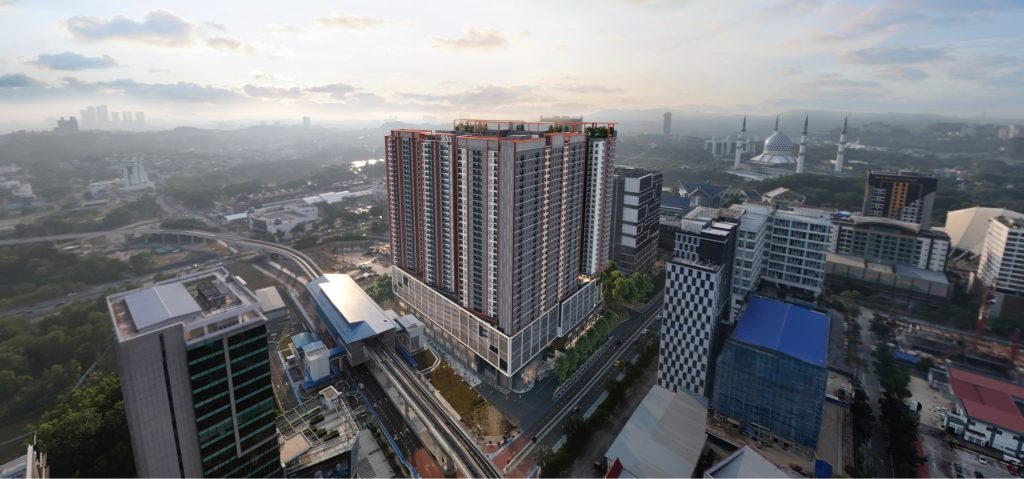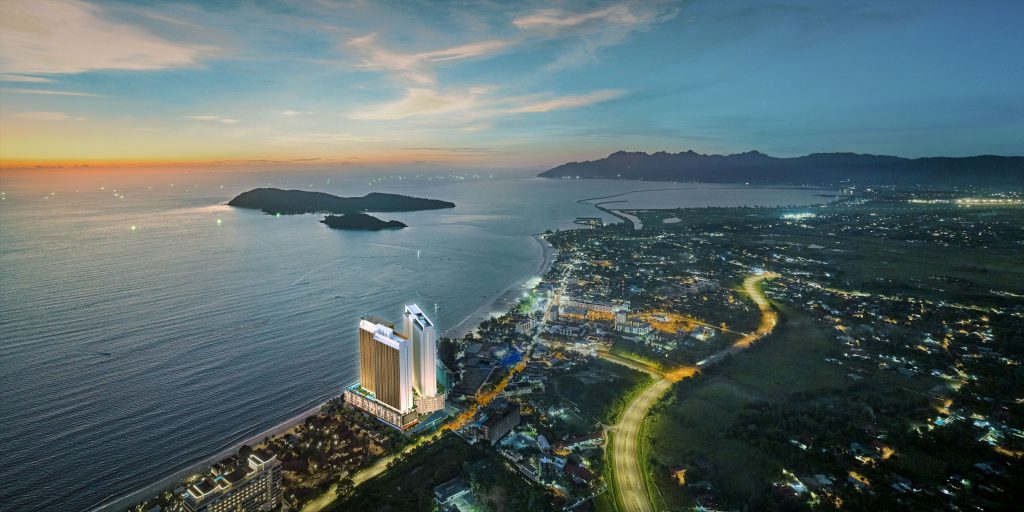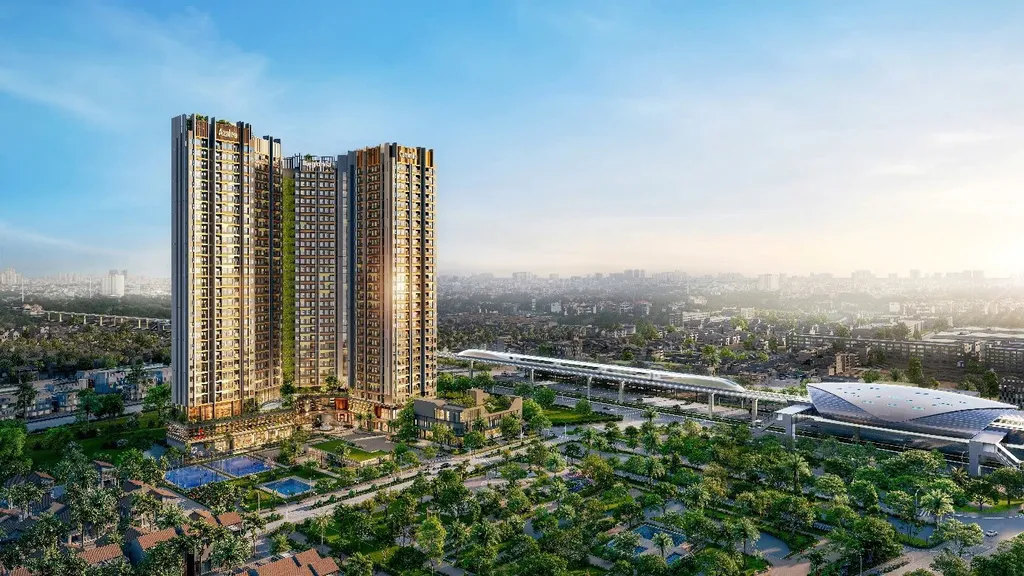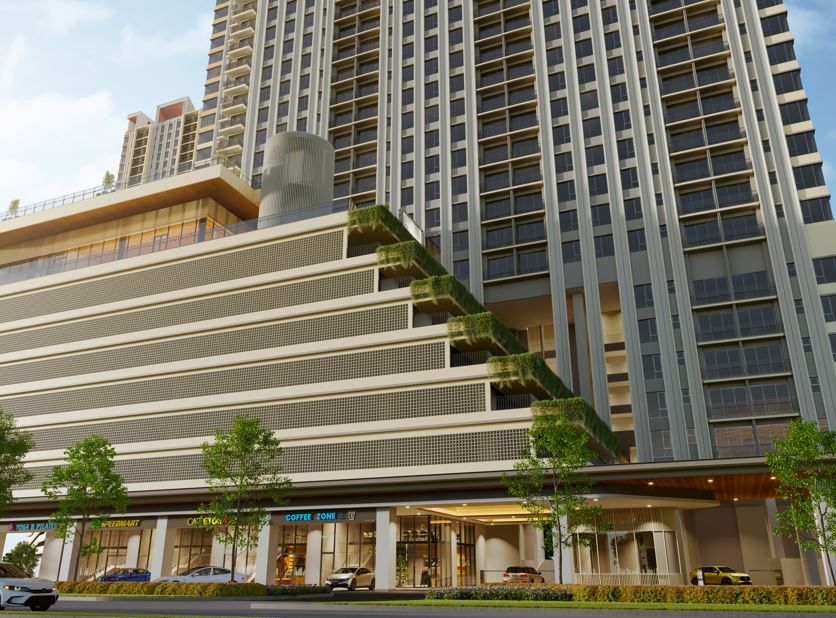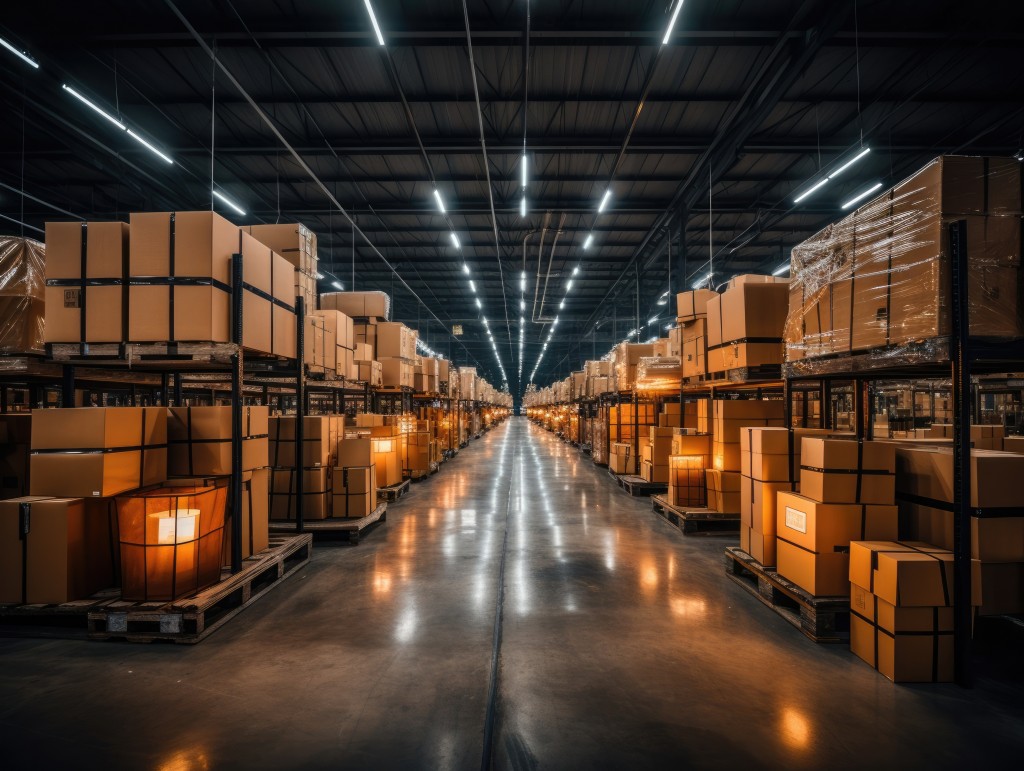
As globalisation and e-commerce continue to surge, the need for greater freight and logistics services in Malaysia is anticipated to surge in the upcoming years.
The freight and logistics market in Malaysia has witnessed remarkable expansion, propelled by the nation's strategic positioning, strong infrastructure and governmental backing over the last few years. The industry has been delivering effective and trustworthy logistics solutions, addressing both local demand and international trade requirements. As globalisation and e-commerce continue to surge, the need for greater freight and logistics services in Malaysia is anticipated to surge in the upcoming years.
With a growing number of international corporations entering Malaysia, can this nation’s logistics supply chain handle the influx consistently and continue to attract more foreign investors? Star Biz7 reached out to JLL Research for their opinion and the firm holds a strong belief in the promising potential of Malaysia's logistics supply chain.
“Over the past year or so, many companies diversified their supply chain into Malaysia using the China Plus One strategy in light of supply chain disruptions noted across the world. With most supply chains heavily focused within China, many businesses, especially MNCs (multinational corporations) saw a need to diversify out of China to reduce their reliance on the country as well as to diversify their supply chain risks,” said JLL research and consultancy head Yulia Nikulicheva.
The concerning cost pressures in China and geopolitical uncertainties like the United States and China trade war is stirring uncertainty in China-based manufacturing businesses. The Covid-19 pandemic also disrupted supply chains worldwide and forced companies to have alternative manufacturing bases.
“Fortunately, Malaysia is strategically located within the Southeast Asian region and has two of the top 15 ports in the world - Port Klang and PTP (Pelabuhan Tanjung Pelepas). Malaysia’s transport infrastructure is also some of the best in the region, with industrial and logistics hotspots easily accessible via several key highways such as the NKVE and SILK highways. Lastly, Malaysia’s strong bi-lingual talent pool makes it easy for MNCs to establish boots on the ground. Additionally, this talent pool is highly skilled and affordable,” added JLL executive officer Tony Lee.
What does this mean for real estate?
According to JLL Research, warehouse space demand is expected to remain high. Warehouses as commercial real estate assets are highly valuable, especially with the rise of e-commerce. There was a significant demand for modern warehouses during Covid-19 when companies sought spaces allowing for increased speed in handling goods and improved fleet management to optimise efficiency and reduce costs. Environmental, social and governance (ESG) features were also increasingly sought-after and for MNCs, this is a requisite.
While a part of the demand was attributed to China Plus One, third-party logistics (3PLs) also continued expansions and space upgrades. The 3PL market experienced significant growth due to increased e-commerce and globalisation, and the number of small and medium-sized enterprises (SMEs) performing logistics outsourcing have increased steadily.
Other sectors driving demand were electrical and electronics (E&E), pharmaceuticals and medical devices, oil and gas, cold chain logistics and automotive subsectors. The supply of warehousing has grown exponentially to accommodate demand. In 1H 2023, three projects were completed, namely LYL U10 Phase 2 (Lot 5,2A & 6), Bukit Raja Industrial Warehouse (Block A), and Mapletree Seksyen 22, contributing approximately 3.3 million sq ft.
The good news is there was a 14% increase in the supply and only a slight vacancy rate growth from 1.6% at the end of 2022 to 2.5% in 1H 2023 since newly launched projects are typically at least 50% pre-let by the commissioning date. Three more warehouses have estimated completion dates in 2H 2023, namely the E-Metro Logistics Park Metrohub 2, Bukit Raja Industrial Warehouse (Block B) and Bukit Raja Distribution Centre 2, contributing approximately 1.9 million sq ft.
Competition will be prevalent as companies bid for warehouse spaces. Infrastructural pressure would prompt for proper development of roads and railways. Additionally, the negative impacts of land clearing and resource exploitation mean keeping these new developments green and sustainable is crucial in an age where ESG issues are at an all-time high.
As for the outcomes, demand for warehousing space in Malaysia will prevail as long as there is foreign interest, which is good for this property subsector. The consequence is that it could push up leasing prices for local businesses, thus reducing affordable space.
The increased land prices, higher construction costs and unaffordable rental rates mean smaller margins that could discourage business continuity. If they struggle to locate suitable bases, it is crucial that there is government intervention to protect local logistic providers by actively regulating land prices and warehouse spaces.
As more countries trim their dependence on China, Malaysia is competing against other Asean countries and is in the perfect position to reap the benefits if there is proper infrastructure, education and policies put in place.
This article was first published to Starbiz7.
Stay ahead of the crowd and enjoy fresh insights on real estate, property development, and lifestyle trends when you subscribe to our newsletter and follow us on social media.

